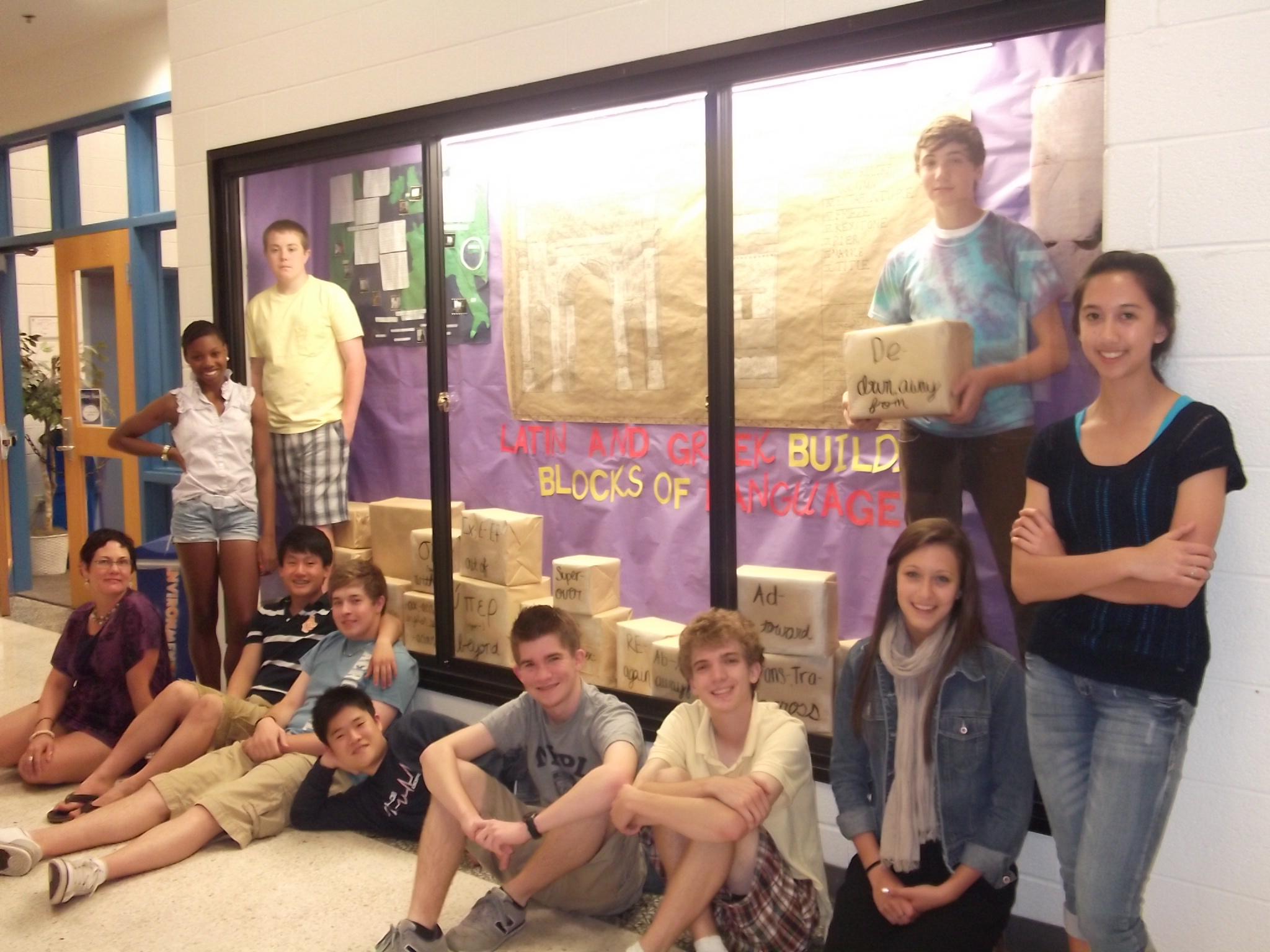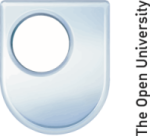Hestia Meets a Virginia (US) High School Latin Class: Part V
It was not all plain sailing, however. Inevitably, we encountered problems and frustrations with conducting this trial. What Elton and I learned, and what we document here, may help to inform how to design and conduct future collaborations, because the obstacles largely address infrastructural concerns, or pragmatically, “getting work done on the ground.” The researchers themselves felt that they were not fully able to carry out the trial as thoroughly as they might have because of the school syllabus and timetable.
Chris Ann lamented not being able to involve students of different levels of achievement beyond the Intermediate Latin group and one social studies classroom. This was largely due to encountering intra-school difficulties with scheduling and pacing. Even though there was a close fit with the curriculum in the 9th grade especially, convincing one’s colleagues to carve out a small sliver of time for this was not always easy. Many US high schools dedicate a large amount of their curriculum pacing to student work prior to May of a given academic year. Prior to May, a given teacher’s week-to-week or class-to-class planning affords little flexibility — or, to be sure, there is a strong perception of having little flexibility. After May state examinations are concluded, some teachers welcome an enrichment lesson to fill in their schedule until the end of school in June, and others may have curriculum for the following year already in their plans for the days in late May and June. So in order to get other teachers to collaborate, the teacher-researcher has to address that perception of having precious little time to surrender besides the Standards of Learning (SOL) driven state curriculum.
So, the important point that arises is that efforts at introducing innovative learning methods in the classroom, or indeed at making research practice more appealing and even relevant to a broader public constituency, are likely to encounter some kind of social inertia, however well-intentioned the project and potential collaborators might be. So in order to achieve a deep buy-in from classrooms for testing such a pilot, collaborations of this kind between Higher Educational institutions and the school sector require a great deal of proactive planning, perhaps those that even take place the summer prior to a given academic year.
The trial also encountered IT problems. One technology could not be installed (GIS Maps) and another (the NarrativeMap) functioned with limited access.
In the state school environment, where many hierarchies of approval and bureaucratic restrictions exist, the technical personnel are often reluctant to install plug-ins etc, or they may delegate tasks to personnel that they themselves cannot rapidly solve, thus losing valuable time. For example, a number of excellent software programs that are commonly used in the private sector — such as Adobe Acrobat for .pdfs — might not be approved for installation on school computers; this decision is made at the district IT management level and oftentimes is based on the software’s requirements for updates, rather than the quality or usefulness of the software itself. When software or a plug-in requires more IT personnel attention than a given district wants to devote to it, it might be left to the teacher to develop a work-around in order to get that piece of functionality with the larger project working. So it takes a bit of the DIY spirit of the “Do-It-Yourself-er” to respond to IT obstacles.
So a unique tension, especially as regards time, arises: digital tools such as Hestia and GoogleEarth promise the end-user greater immediacy and contact with the knowledge-base, but can be time-consuming on the front end to get that immediacy to function rapidly and reliably in a classroom. Therefore, unless there is faculty-staff education and support for the use of such technologies as trialled by Hestia, then bringing research out of the universities and into the classrooms could be time- and cost- prohibitive. When we anticipate these kinds of potential drawbacks, it is clear that having good consensus-building skills within one’s own teaching environment is probably the single most important factor in predicting impasses and solving them.







